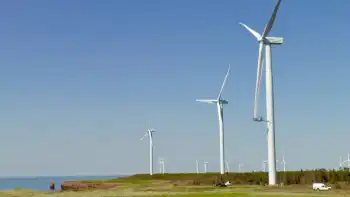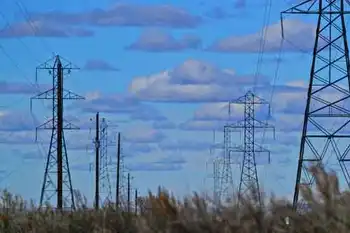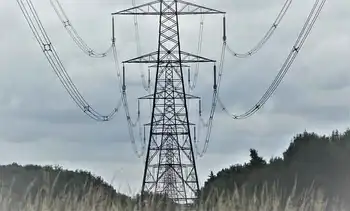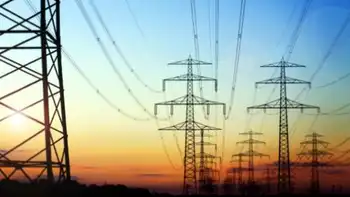EIPC completes transmission analyses
- The Eastern Interconnection Planning Collaborative EIPC recently announced it has completed the transmission analyses as part of an electric system transmission planning effort funded by the U.S. Department of Energy DOE.
“The EIPC has reached a major milestone with the completion of the electric system transmission analyses of the stakeholder-defined scenarios for the year 2030,” said Stephen G. Whitley, president and CEO of the New York Independent System Operator NYISO and chair of the EIPC Executive Committee.
Stakeholders had defined three scenarios as part of the first phase of the EIPCÂ’s studies. As a result of the scenario analyses conducted as a part of the second phase, three future transmission systems were created to support the chosen scenarios from a reliability perspective.
In addition, the capital costs to install the future resources assumed in each scenario and the cost to install the supporting transmission facilities were calculated along with the projected annual production costs. Documentation of these results is included in a comprehensive draft report on the study.
The three scenarios chosen by stakeholders are described in the report as:
1. Business as Usual: This scenario represents a continuation of existing conditions, including load growth, existing Renewable Portfolio Standards RPSs and proposed environmental regulations as they were understood in the summer of 2011.
2. National RPS: State and Regional Implementation: This scenario contemplates meeting 30 percent of the nationÂ’s electricity requirements from renewable resources by 2030. This would be achieved by utilizing a regional implementation strategy.
3. Combined Federal Climate and Energy Policy: This scenario represents a combination of the following: a reduction of economy-wide carbon emissions by 42 percent from 2005 levels in 2030 and 80 percent in 2050 meeting 30 percent of the nationÂ’s electricity requirements from renewable resources by 2030 and significant deployment of energy efficiency measures, demand response, distributed generation, smart grid and other low-carbon technologies. This scenario would be achieved by utilizing a nationwide/eastern interconnection-wide implementation strategy.
The EIPC project team included transmission planning expertise from EIPC members, stakeholder facilitators from The Keystone Center and technical experts from Charles River Associates to support the capacity expansion planning effort and production cost analyses.
Related News
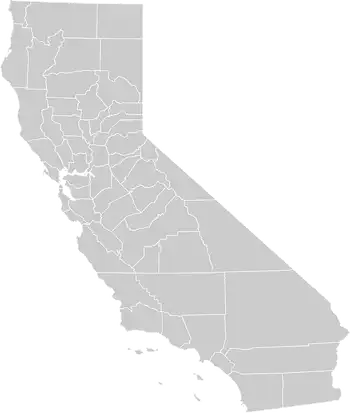
California electricity pricing changes pose an existential threat to residential rooftop solar
LOS ANGELES - The California Public Service Commission has proposed changes in electricity pricing for residential customers who produce electricity through their rooftop solar panels. In a recent New York Times op‐ed, former Governor Arnold Schwarzenegger argued the changes pose an existential threat to residential rooftop solar. Interest groups favoring rooftop solar portray the current pricing system, often called net metering, in populist terms: “Net metering is the one opportunity for the little guy to get relief, and they want to put the kibosh on it.” And conventional news coverage suggests that because rooftop solar is an obvious good development…

